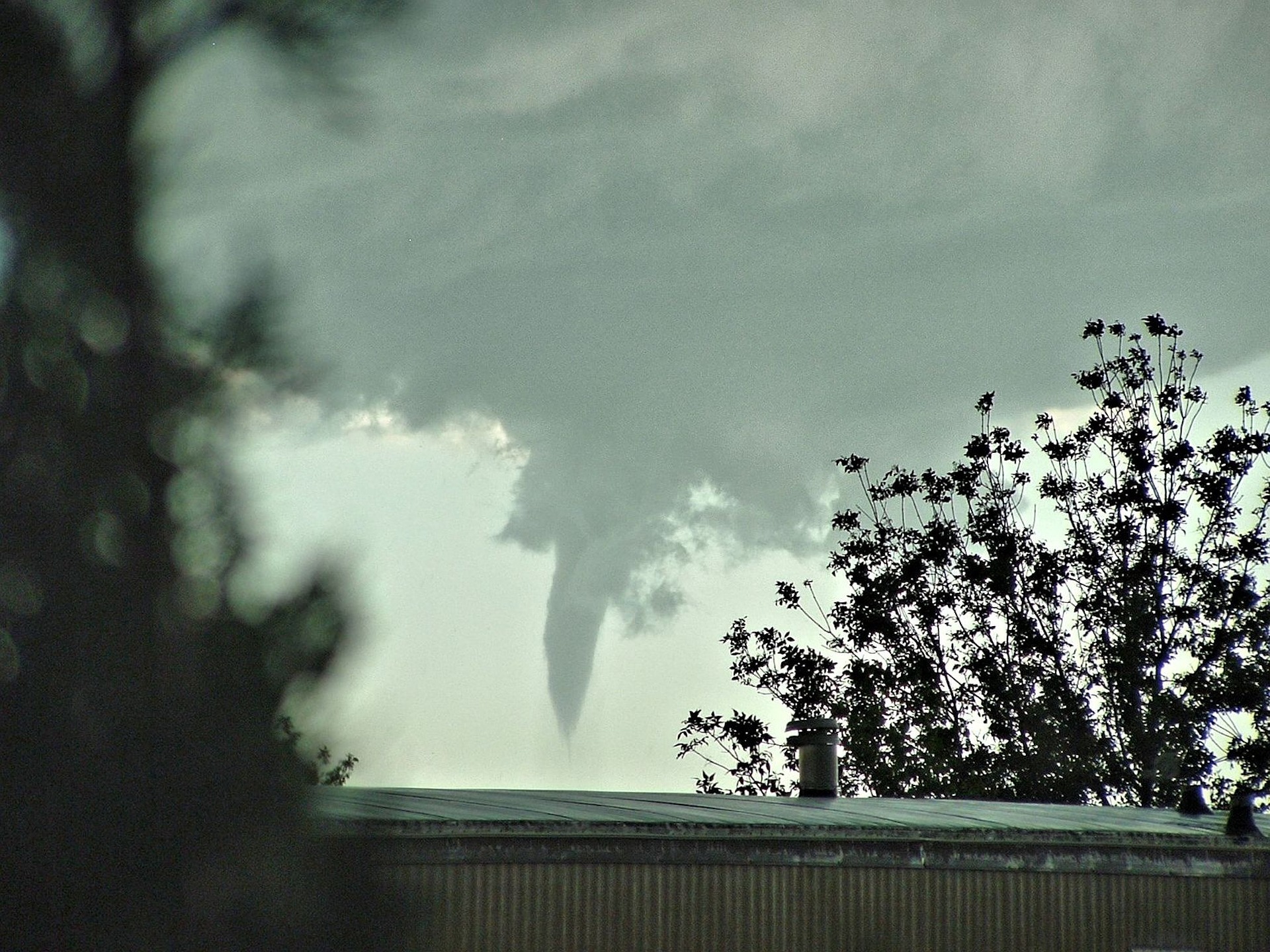
A study led by researchers at The University of Alabama will examine the effectiveness of tornadic-related weather information on the general public.
The University Corporation for Atmospheric Research awarded a $15,000 grant to UA’s Dr. Cory Armstrong for the research as part of a program sponsored by the National Weather Service.
Armstrong and her team will survey residents in Tennessee, Mississippi and Arkansas to determine how they interpret severe weather information and plan accordingly.
“For example, when you hear the words ‘watch’ versus ‘warning,’ we want to know what your response is to that,” said Armstrong, a professor and the department chair of Journalism and Creative Media in UA’s College of Communications and Information Sciences. “What do you do when you hear certain pieces of language or see that a tornado is coming into your general area?”
Armstrong is partnering with the National Weather Service Office in Memphis for the survey. One focus will examine how people in urban areas respond differently than those in rural communities. Surveys will be distributed to all areas serviced by Memphis, but her team is particularly interested in northwestern Mississippi, as it has been an area with significant tornadic activity over the past five years.
The survey will take about 30 minutes to complete, and versions will be sent to different populations. Some surveys will focus on visual communications while others will concentrate on written language. Once those are complete, they will be evaluated and the data presented to the NWS and their partners, such as emergency managers and disaster relief organizations.
“They can think about how they might fine tune their messages to the public and think about specific audiences that might have different responses,” she said. “For rural areas, they might send people to storm shelters versus if you’re in an urban area, you might want to consider going to your basements and places like that.”
How well people listen to professional meteorologists and the timing of severe weather warnings also will be factored into the response data.
“We’ve been talking about finding a sweet spot for how much warning people really want before a tornado, and we’ve found that to be about 15 minutes in prior studies,” said Armstrong. “If it’s more than that, they might delay their preparation.”
The surveys are expected to be sent out to the public around May, and the goal is to complete the grant within the following months. The results and analysis should be finished and distributed to the agencies by the end of the year.
Armstrong’s research team includes Dr. Matthew VanDyke, an assistant professor in advertising and public relations, and Dr. Karen Bareford, from the Alabama Water Institute and NOAA’s National Water Extension liaison.
An in-depth interview with Dr. Cory Armstrong about her grant and weather preparedness is available on the Alabama Water Institute Podcast.
A version of this story by Brock Parker was originally published by the Alabama Water Institute.
